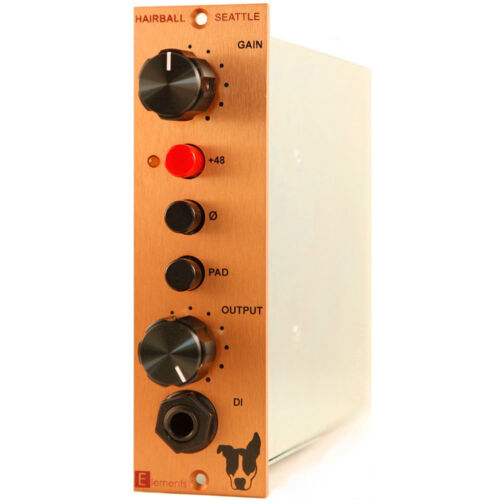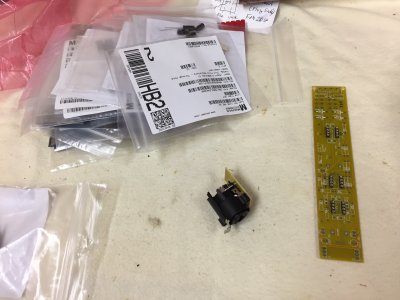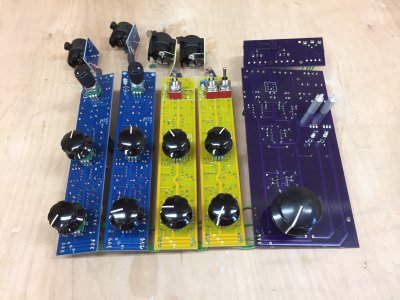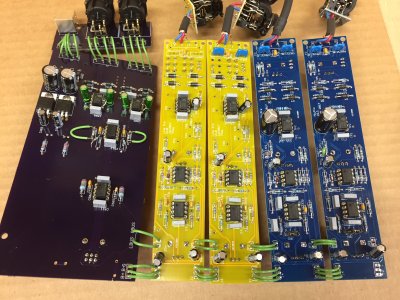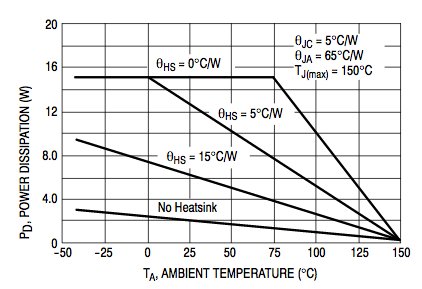Re-Pete
Hero Member
- Messages
- 638
I know you are doing this to serve your own purpose but have you considered, if it turns out great, doing it in 500/Lunchbox format and selling modules?
I know your manufacturer days are over after the Vox-ish amps finished up, but yeah, there's a market out here for streamlined down electronics that are made to purpose without bells & whistles, I bet.
I know your manufacturer days are over after the Vox-ish amps finished up, but yeah, there's a market out here for streamlined down electronics that are made to purpose without bells & whistles, I bet.



